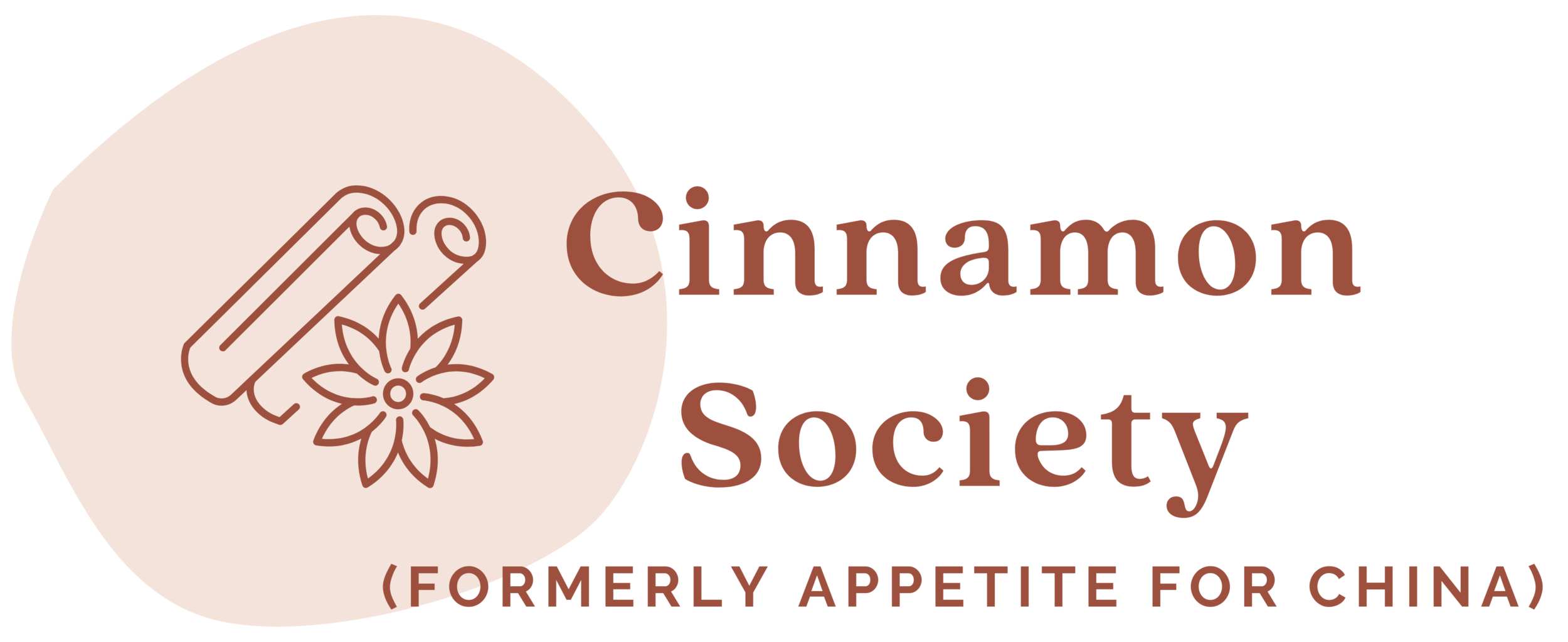Shaanxi Food, Guangxi Food, and Musings
 In the past few months I had fallen victim to dining out ennui, meaning I often ended up at Sichuan restaurants or something within a 2-block radius of my apartment. So one night, following the recommendation of my friend Sandra, Jacob and I took a 20-minute cab ride to Qin Tang Fu, a restaurant specializing in Shaanxi cuisine.
In the past few months I had fallen victim to dining out ennui, meaning I often ended up at Sichuan restaurants or something within a 2-block radius of my apartment. So one night, following the recommendation of my friend Sandra, Jacob and I took a 20-minute cab ride to Qin Tang Fu, a restaurant specializing in Shaanxi cuisine.
What most intrigued me about this spot, other than the decor of all low kiddie-sized tables and chairs, was the Shaanxi rice wine. It was slightly sweet, almost non-alcoholic, and immensely more drinkable than the stronger rice wines I've tasted. (Obvious disclaimer: I am not a fan of Chinese rice wine.) It reminded me somewhat of horchata, or makgeolli, though Sandra puts describes it best on her website as "a grown-up's version of soybean milk."
Most people who have experienced street food in Beijing, Shanghai, or Xi'an will recognize roujiamo, a Shaanxi specialty consisting of a pita-like bun filled with fatty pork and shredded vegetables. The version at Qin Tang Fu is much bigger than street versions, and contains no chili sauce. In the front window, however, you can watch the cooks knead the buns and bake them on a coal-heated drum.

Shaanxi food is also known for its liberal use of vinegar and garlic. Chewy hand-pulled noodles and wide flat spinach noodles both come doused with vinegar, garlic, and optional chili sauce. Vegetables are frequently doused with vinegar and garlic. (Note to anyone contemplating this place for a first date: NO.) The favorite dish of the night was a star anise braised chicken dish that, although much uglier than in the picture menu, was so tender and juicy neither of us cared.
Flash forward to two weeks later, the morning of our departure to San Francisco. We had just dropped off some kitchenware at my cooking school and had time for a quick last Chinese meal before the long flight. We were surrounded by Sichuan restaurants but nothing jumped out. Stacey, who co-owns The Hutong, suggested a Guangxi restaurant across the street.
The rustic charm of the interior once again sucked me in. Not only were there cute wooden chairs and traditional flowery costumes decorating the walls, but the waitstaff changed the music from Snoop Dogg to Chinese folk music while we were eating. Ah, the power of quaintness.

(Guangxi is the province to the west of Guangdong, a.k.a. Canton, and has cuisine that also emphasizes light, non-spicy sauces.)
Our pork-stuffed fried tofu puffs came with a mild chili garlic sauce. There was also a stir-fried pork and snowpea dish that was a less fatty version of twice-cooked pork. And the Cantonese side of me came out when I insisted on a big vat of chicken feet and mushroom soup. (Or maybe it the side of me that was freezing from the 19 degree Fahrenheit temperatures outside.)
I drank the soup and took a few bites of the chicken feet, thinking both of my childhood love of sugary dim sum claws (fong zhao) and, later, an acquired Western aversion to the stuff. The soup was wonderful and warming, but also made us wonder...would war break out if the rest of the world stopped exporting all its chicken feet to this country?
Qin Tang Fu (秦唐府) 69 Chaoyangmen Nanxiaojie, just south of Chaoyangmen Neidajie Chaoyang District, Beijing 朝阳门南小街69号
Longyuan Chang Guangxi Cuisine (龙元尝广西菜) Xiang'er Hutong (香饵胡同), off Dongsi Beidajie, just south of Beixinqiao Subway Stop Dongcheng District, Beijing
